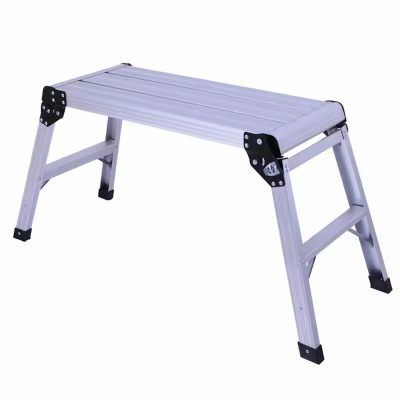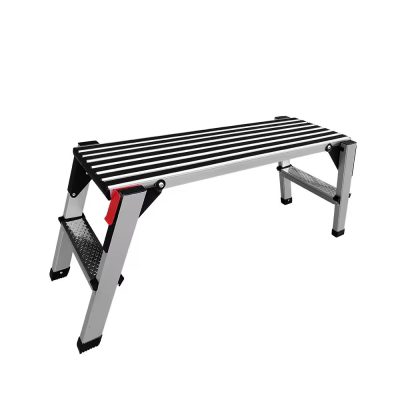Working platforms stand as essential components in numerous industries, providing a stable and secure foundation for elevated work tasks. From construction sites to maintenance projects, these platforms enhance productivity and safety, enabling workers to perform their duties efficiently at heights. In this guide, we’ll delve into the world of working platforms, exploring their types, features, practical applications, safety considerations, and best practices for optimal utilization, offering both professional insights and accessible advice for workers and project managers alike.
Introduction to Working Platforms:
Working platforms, also referred to as elevated work platforms (EWPs), are specialized equipment designed to facilitate safe access to elevated work areas. They come in various configurations, each tailored to specific tasks and environments, and play a vital role in enhancing productivity and safety in various industries. Understanding the different types and functionalities of working platforms is essential for ensuring their effective use in the workplace.
Types of Working Platforms:
Scaffolds: Scaffolds are temporary structures erected to support workers and materials during construction, maintenance, or renovation projects. They consist of platforms supported by a framework of metal tubes or poles and are available in various forms, including mobile scaffolds, tower scaffolds, and suspended scaffolds. Scaffolds offer versatility and flexibility, making them suitable for a wide range of tasks and applications.
Aerial Lifts: Aerial lifts, such as boom lifts or scissor lifts, are mobile platforms mounted on hydraulic or mechanical arms attached to a vehicle or stationary base. They provide elevated access to work areas and are commonly used for tasks such as painting, cleaning, or maintenance in areas where scaffolding is impractical or unsafe. Aerial lifts offer precise positioning and maneuverability, allowing workers to reach heights with ease and efficiency.
Mast Climbers: Mast climbers are motorized platforms that move vertically along a mast or tower structure, providing access to multiple levels of a building or structure. They are commonly used in construction projects for tasks such as bricklaying, facade installation, or window replacement. Mast climbers offer high load capacities and efficient vertical transportation, making them ideal for projects with repetitive tasks at different heights.
Practical Applications:
Working platforms serve a wide range of practical applications across various industries, including:
Construction projects such as building construction, renovation, or repair work.
Maintenance tasks like painting, cleaning, or equipment servicing in industrial facilities.
Installation of signage, lighting, or HVAC systems in commercial buildings or outdoor spaces.
Emergency response operations such as rescue missions or firefighting in high-rise structures or industrial settings.
Safety Considerations:
Safety is paramount when working at heights using working platforms. Here are some essential safety considerations to keep in mind:
Ensure platforms are set up on stable and level ground, and use outriggers or stabilizers as needed.
Conduct thorough inspections of platforms and equipment before each use to identify any defects or damage.
Provide comprehensive training for workers on the safe operation of platforms and use of personal protective equipment (PPE).
Adhere to weight limits and load capacities specified by the manufacturer to prevent overloading.
Implement fall protection measures such as guardrails, safety harnesses, and toeboards to prevent falls from elevated platforms.
Regularly maintain and inspect platforms and equipment to ensure they remain in safe working condition.
Conclusion:
In conclusion, working platforms are indispensable tools that enhance efficiency and safety in various industries where work at heights is required. By understanding the different types of working platforms, their features, practical applications, safety considerations, and best practices for their use, workers and project managers can ensure the success and safety of projects in the workplace. With proper training, maintenance, and adherence to safety protocols, working platforms become invaluable assets in achieving productivity, quality, and safety goals in the workplace.







